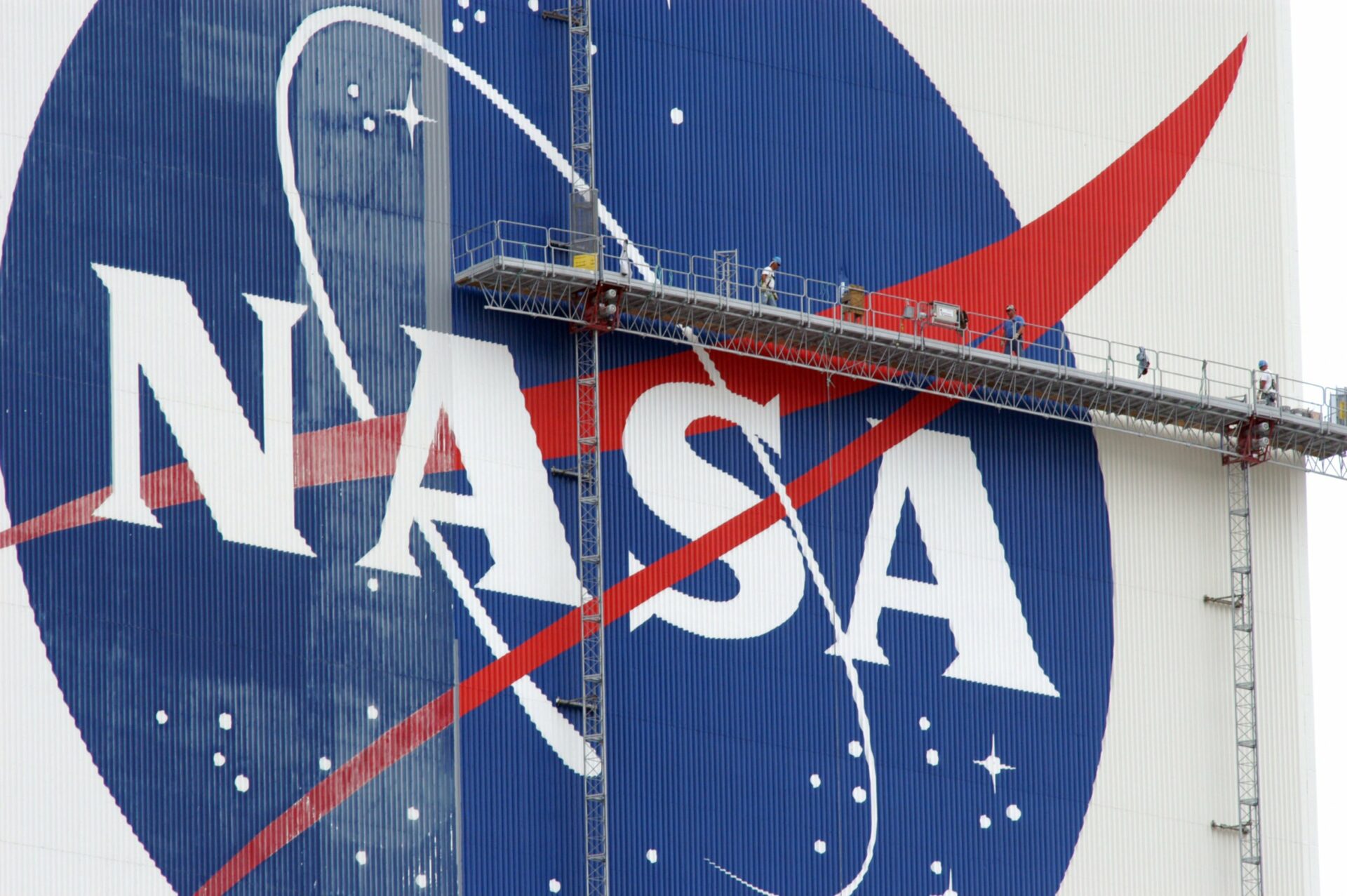Landsat 9 Sends First Batch of Images to Earth
Landsat 9, a satellite built to monitor the Earth’s land surface, has collected its first images of our planet’s surface. The images offer a preview of how the Landsat mission will help our global community manage important natural resources and build our understanding the impacts of climate change. They were acquired Sunday, Oct. 31, adding to Landsat’s unparalleled data record that spans nearly 50 years of space-based Earth observation.
Vice President Kamala Harris unveiled the first images during her visit to our Goddard Space Flight Center on Friday, Nov. 5. The urgency of Earth science and climate studies took the spotlight at the event, as the vice president received a first-hand look at how the nation’s space program studies climate change and provides crucial information to understand our planet’s changes and their impacts on our lives. Harris and NASA Administrator Bill Nelson also discussed our announcement of a new Earth Venture Mission-3. Investigation of Convective Updrafts (INCUS) will study how tropical storms and thunderstorms develop and intensify, which will help improve weather and climate models.


Landsat is a joint mission between NASA and the U.S. Geological Survey (USGS). Data will be made available to the public, for free, from USGS’s website once the satellite begins normal operations.
Scheduling Spaceflights – Together with SpaceX, we’re now targeting Crew-2’s departure from the International Space Station as early as Nov. 7. Tune in today for the change of command ceremony at 1:35 p.m. EDT and a teleconference update at 5:30 p.m. We’re reviewing launch opportunities for the Crew-3 mission. Stay tuned for updates on when you can watch these exciting events on NASA TV.
Become a Planetary Defender – Our first planetary defense test mission, called DART, is launching in November to test an asteroid deflection technology. You can be a part of the mission! Sign up today to get your Planetary Defender badge and certificate.
Climate Change Impact on Crops – The effects of climate change could be felt in our global food supply as early as the next 10 years. Declines in staple crops like corn could be apparent by 2030, with a 24 percent decrease in output by the end of the century.
To the Moon – In 2022, an ice-mining experiment will arrive on an Intuitive Machines lander at the lunar South Pole, along with a Nokia communications network and a hopper robot. Learn about the landing site – where we’ll begin finding and extracting resources on the Moon.
29 Days on the Edge – Thousands of parts must work correctly. And we only get one shot. Here’s how the James Webb Space Telescope will keep its mission team – and the world – on edge for 29 days as it performs the most complicated deployment sequence ever attempted in space.

Astronauts aboard the International Space Station added some spice to their diets when they sampled freshly harvested mild heat chile peppers as a part of the Plant Habitat-04 study. This experiment is one of station’s most complex plant studies to date.
Please visit my Patreon page if you’re so inclined or make a donation. Or you may click the coffee cup in the bottom right corner of the screen and Buy Me A Coffee. Thank you!

